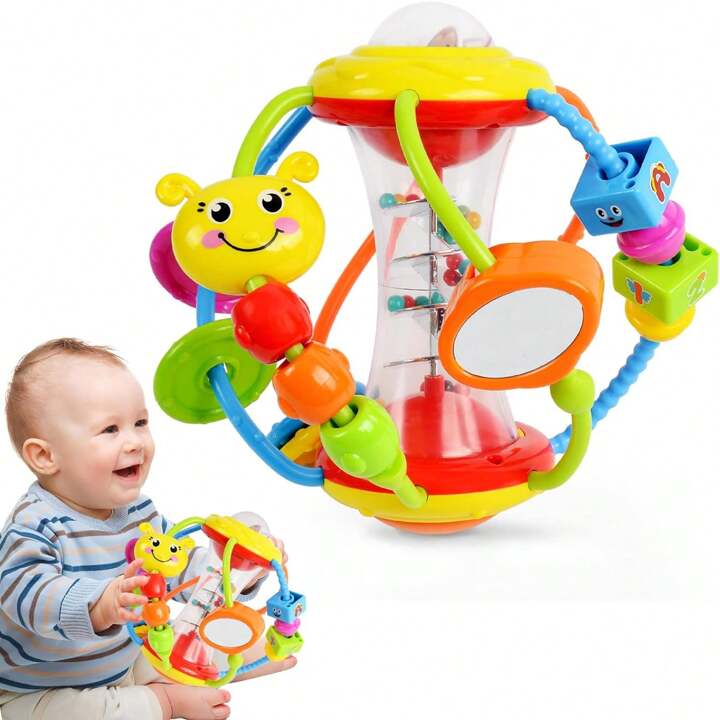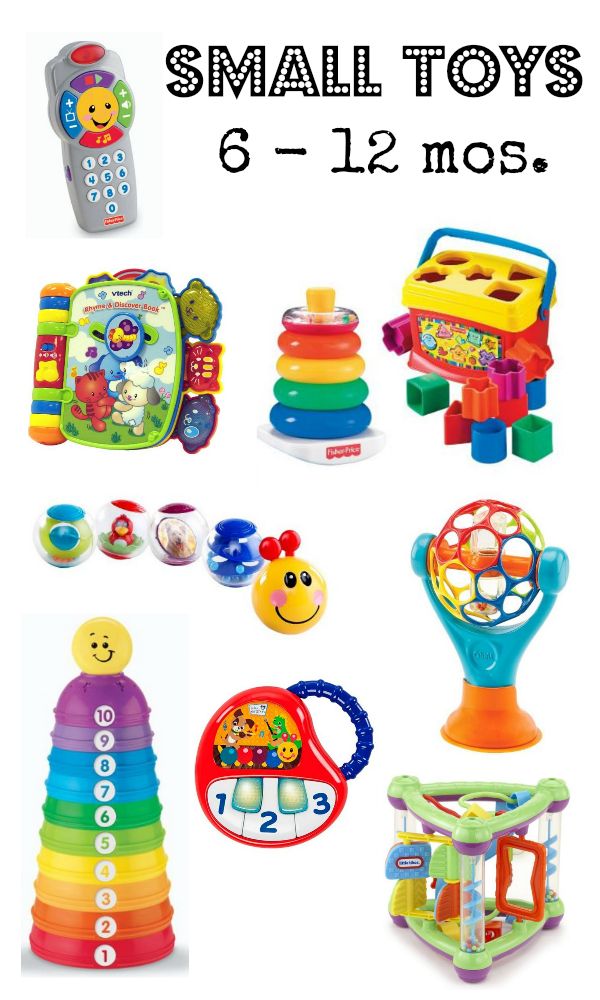Smart Toys for Babies: A World of Exploration and Learning
The world of baby toys is constantly evolving, and smart toys are rapidly becoming a popular choice for parents. But with so many options available, it can be confusing to understand what they are and how they can benefit your little one. This guide explores the exciting world of smart toys for babies, providing insights into their features, benefits, and considerations to help you make informed decisions.
What are Smart Toys?
Smart toys are traditional toys infused with technology, offering interactive features and functionalities beyond what basic toys can provide. These features can include:
- Lights and sounds: Many smart toys incorporate lights, sounds, and music to capture a baby’s attention and stimulate their auditory and visual senses.
- Interactive elements: Some toys respond to touch, movement, or voice commands, allowing babies to interact with them in a more engaging way.
- Educational content: Certain smart toys integrate educational content like numbers, letters, shapes, and simple songs to introduce babies to early learning concepts.
- Connectivity: Some smart toys connect to apps or platforms, allowing parents to monitor their baby’s play patterns or control certain features remotely.
How Can Smart Toys Benefit Your Baby’s Development?
While traditional toys offer undeniable value, smart toys can potentially enhance a baby’s development in several ways:
- Stimulating Sensory Development: The interactive lights, sounds, and textures of smart toys can engage a baby’s senses, promoting visual and auditory development.
- Encouraging Cognitive Development: Some smart toys introduce early learning concepts like numbers, letters, shapes, and basic cause-and-effect relationships, fostering cognitive development.
- Developing Motor Skills: Interactive features that require touching, grasping, or manipulating the toy can help refine motor skills and hand-eye coordination.
- Enhancing Engagement and Interaction: The interactive nature of smart toys can keep babies engaged for longer periods and potentially encourage exploration and problem-solving skills.
Important Considerations Before Choosing Smart Toys
While smart toys offer exciting potential, it’s crucial to choose them thoughtfully, keeping these factors in mind:
- Age-appropriateness: Ensure the toy is designed for your baby’s age and developmental stage. Complex features might overwhelm younger babies, while overly simple ones might not hold the interest of older ones.
- Educational Value: Consider the educational value the toy offers. Does it introduce new concepts or skills in a way that aligns with your baby’s development?
- Screen Time: Be mindful of screen time, especially for younger babies. Opt for toys that minimize screen exposure and encourage active play and exploration.
- Safety: Always prioritize safety. Choose toys made from safe materials, free from choking hazards, and with features that are age-appropriate and unlikely to cause harm.
- Interaction and Connection: Remember, no toy can replace the importance of human interaction. While smart toys can be engaging, ensure they don’t become a substitute for playtime and bonding with you.
Examples of Smart Toys for Different Age Groups
Here are some examples of smart toys categorized by age group to give you a better understanding:
Newborn to 3 Months:
- Mobiles with lights and gentle music: These can stimulate visual and auditory senses while promoting relaxation.
- Soft activity books with touch-activated sounds or textures: These can engage a baby’s sense of touch and introduce basic cause-and-effect concepts.
4 to 7 Months:
- Stacking cups with lights and sounds: These can encourage grasping, stacking, and hand-eye coordination while providing auditory and visual stimulation.
- Activity gyms with interactive features: These can offer a stimulating space for exploration, with lights, sounds, and textures that encourage reaching, grasping, and kicking.
8 to 12 Months:
- Shape sorters with lights and sounds: These can challenge problem-solving skills, hand-eye coordination, and introduce basic shapes.
- Interactive storybooks with sound effects and narration: These can spark a love for reading and introduce new vocabulary in an engaging way.
Remember: This is not an exhaustive list, and it’s crucial to research individual toys and choose ones that align with your baby’s interests and developmental stage.
Making the Most of Smart Toys: A Balanced Approach
Smart toys can be a valuable addition to your baby’s playtime, but it’s important to remember that they should not be the sole focus. Here are some tips for using smart toys effectively:
- Limit screen time: Prioritize screen-free playtime and activities that encourage exploration, interaction, and creativity.
- Supervise playtime: Always supervise your baby while they play, especially with smart toys that have interactive features or require adult assistance.
- Focus on interaction: Use smart toys as a springboard for interaction and engagement.
